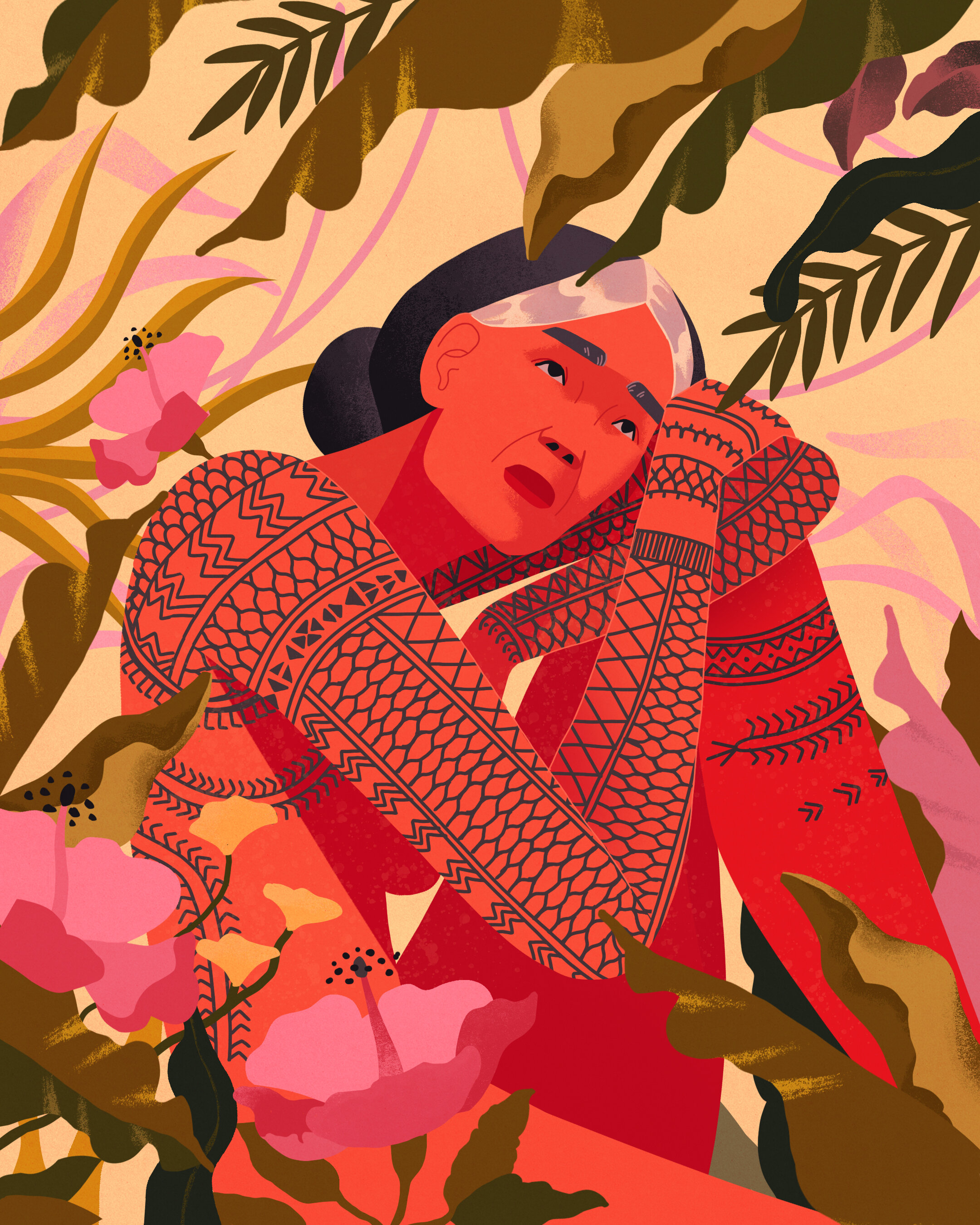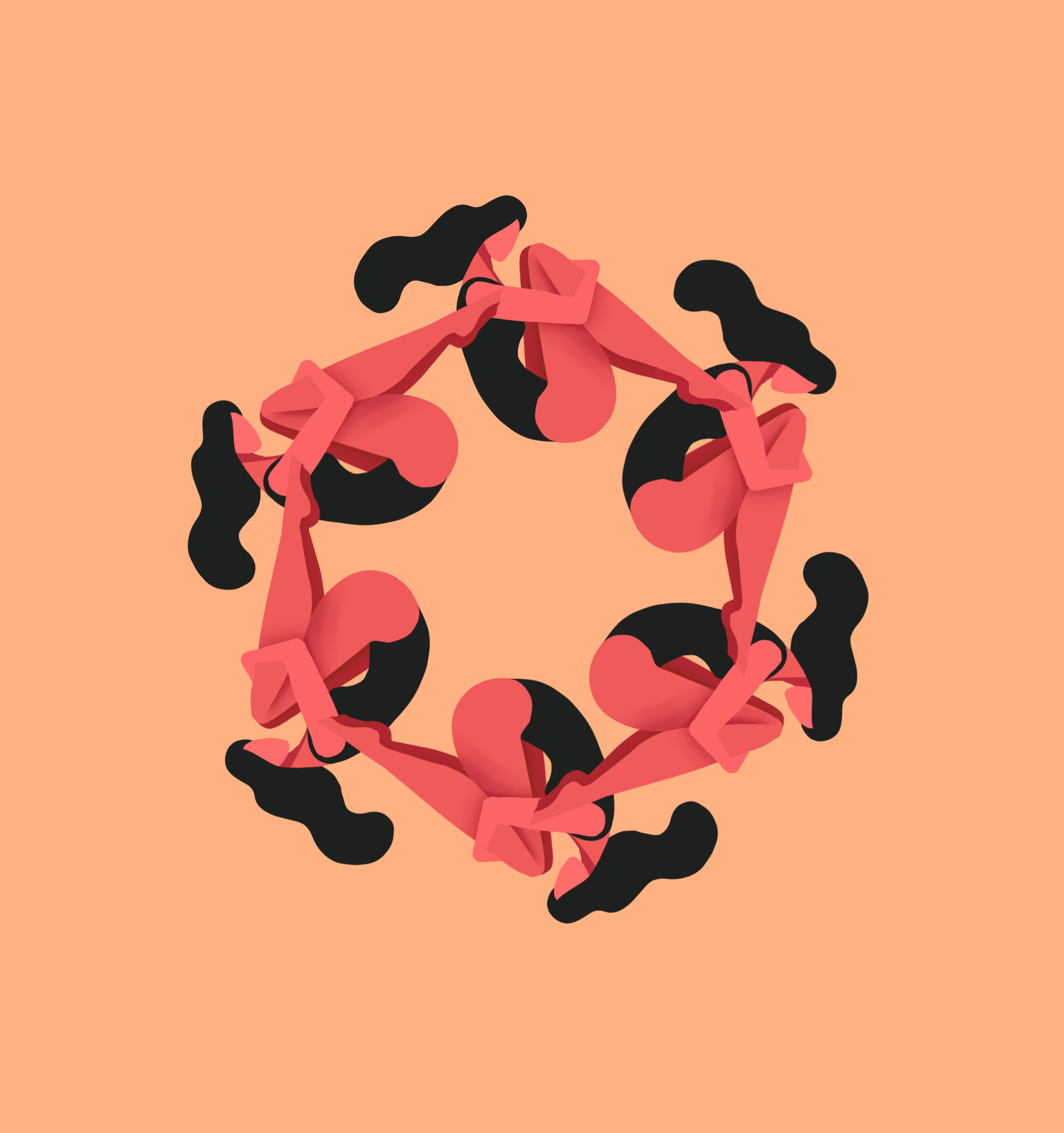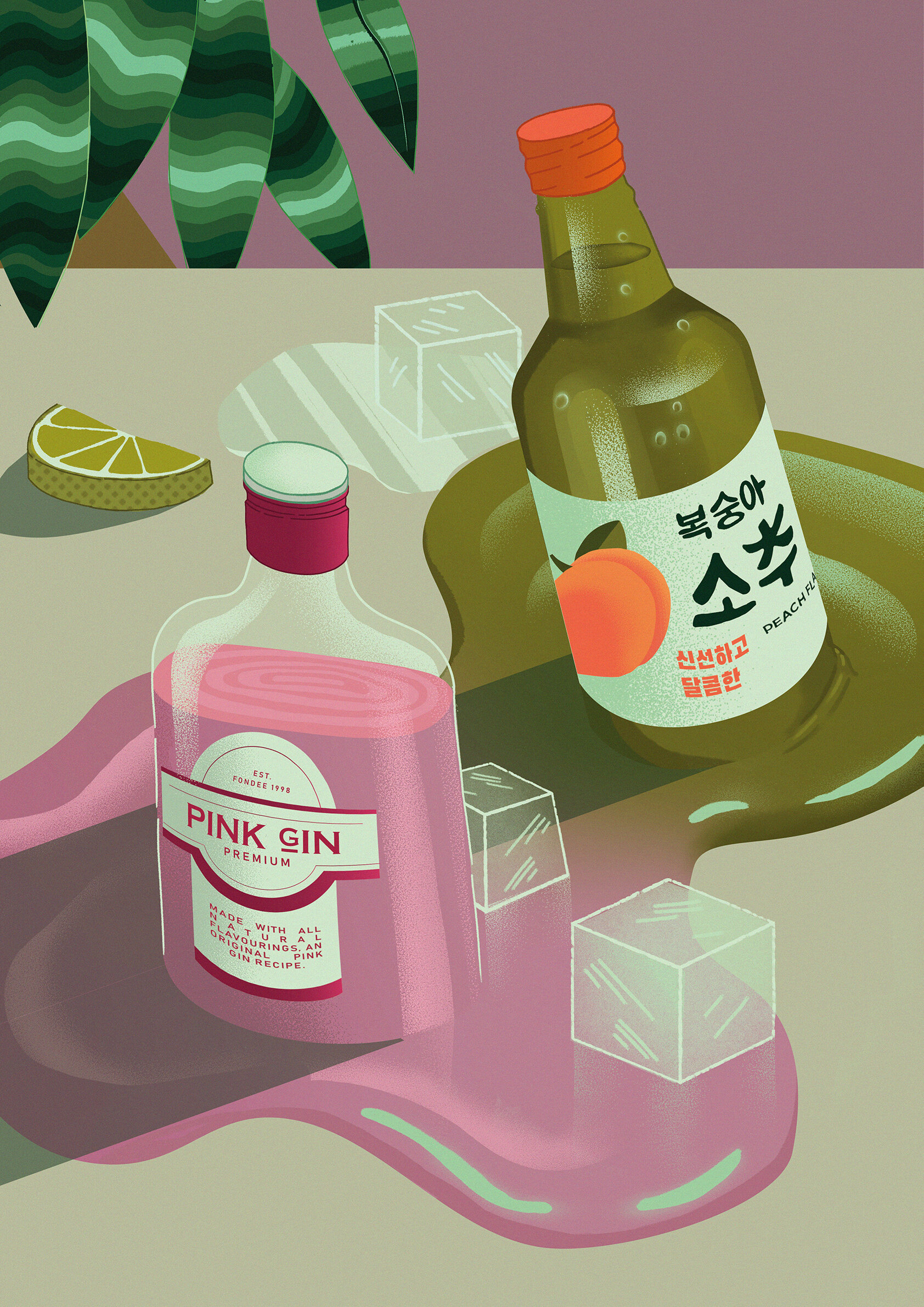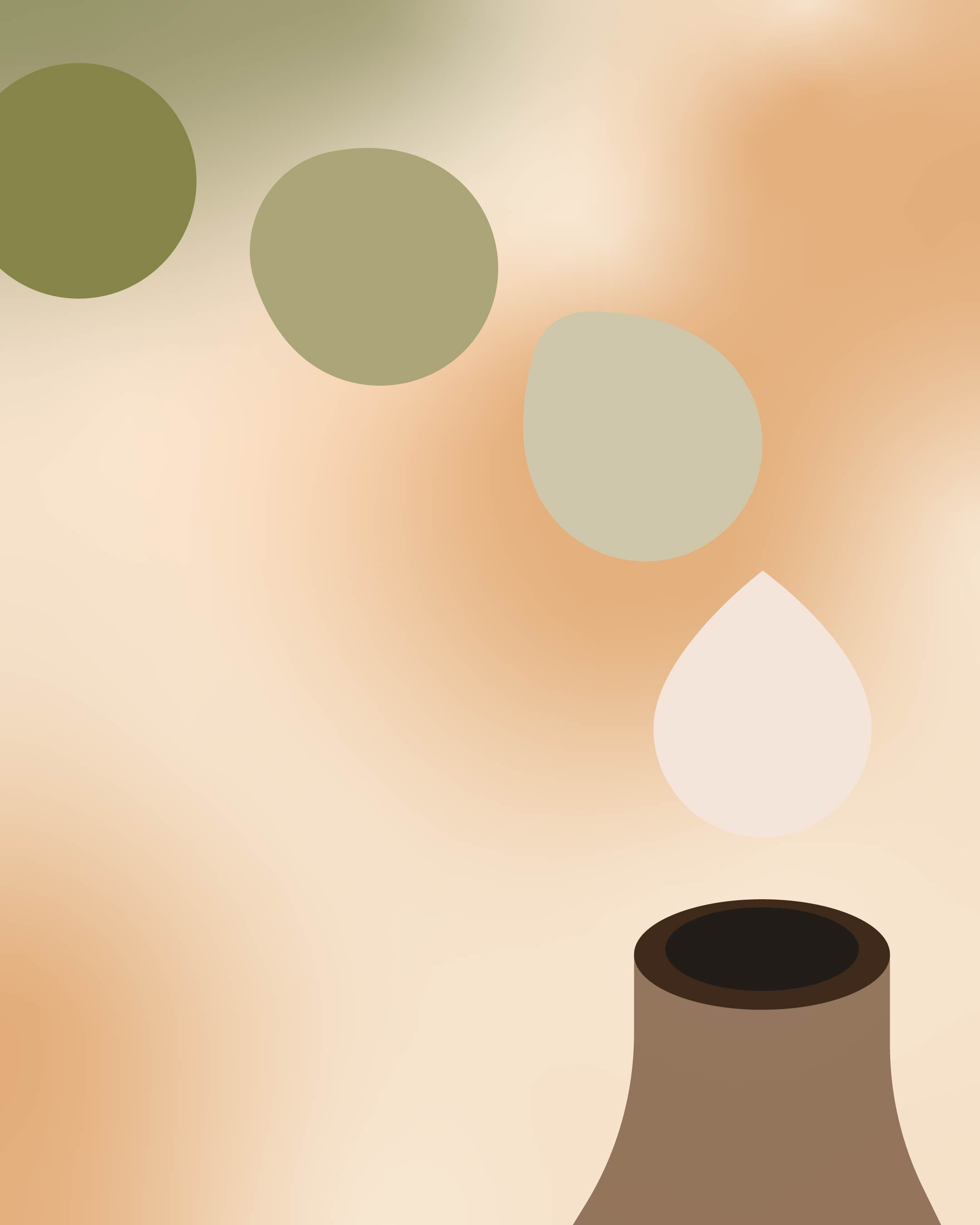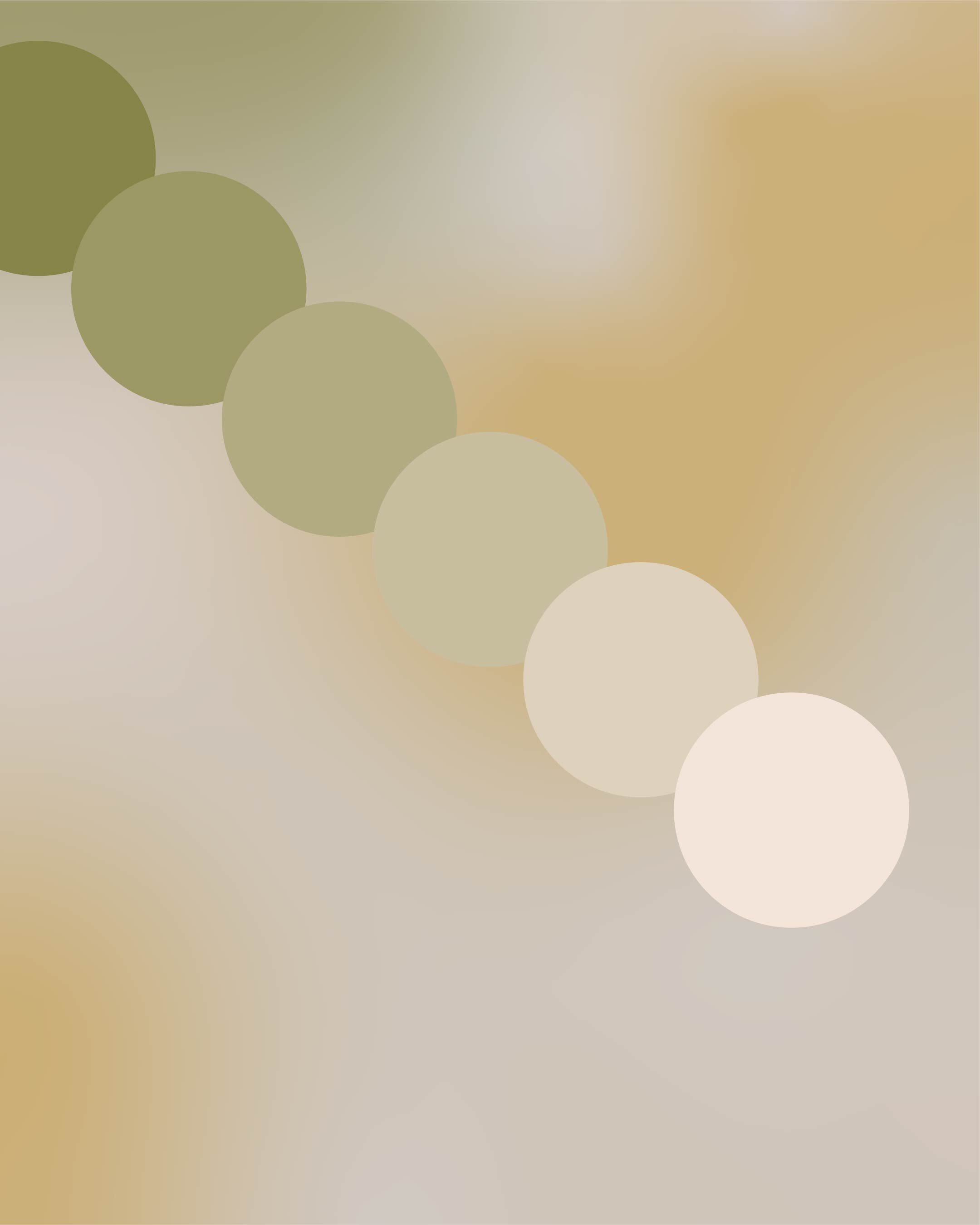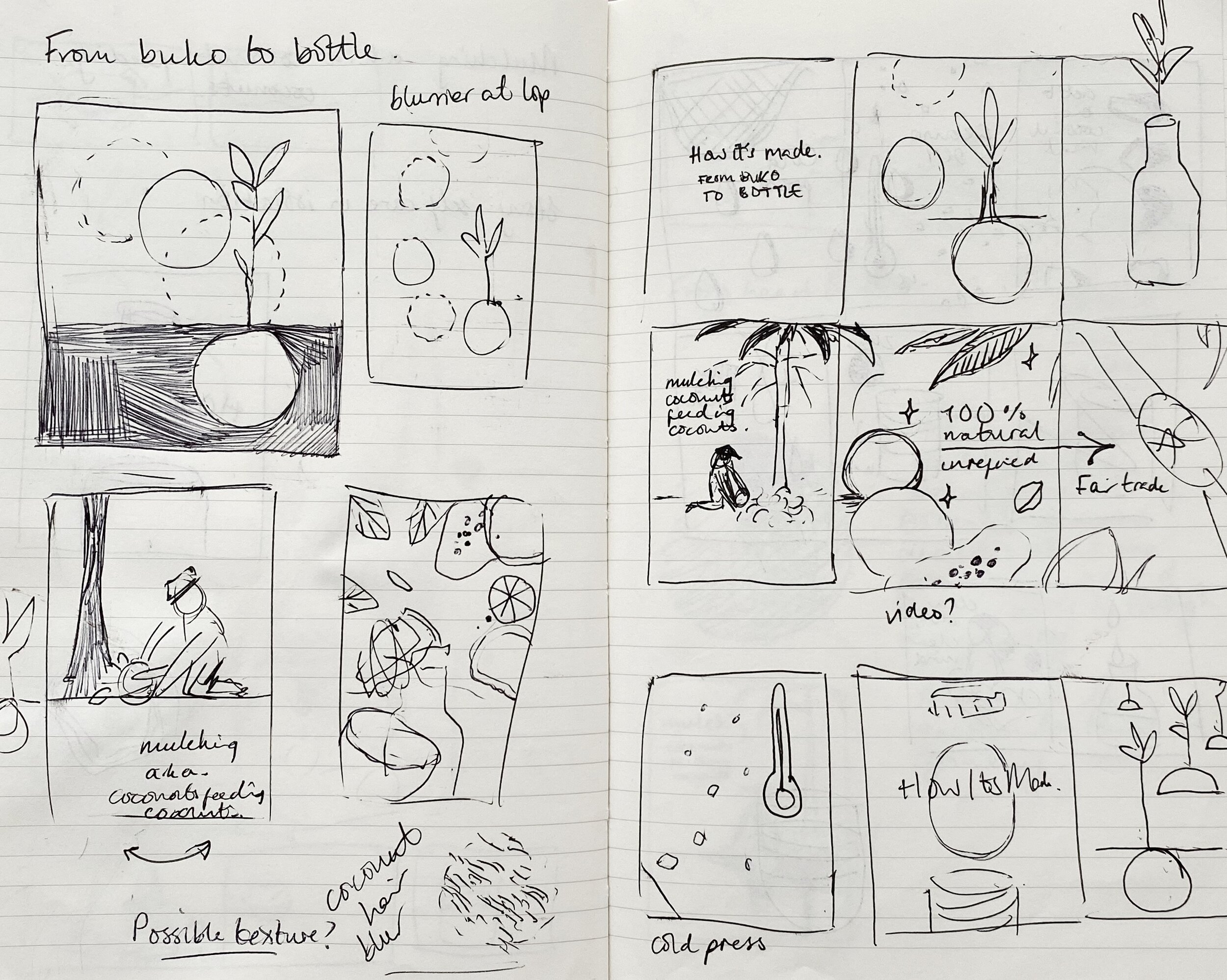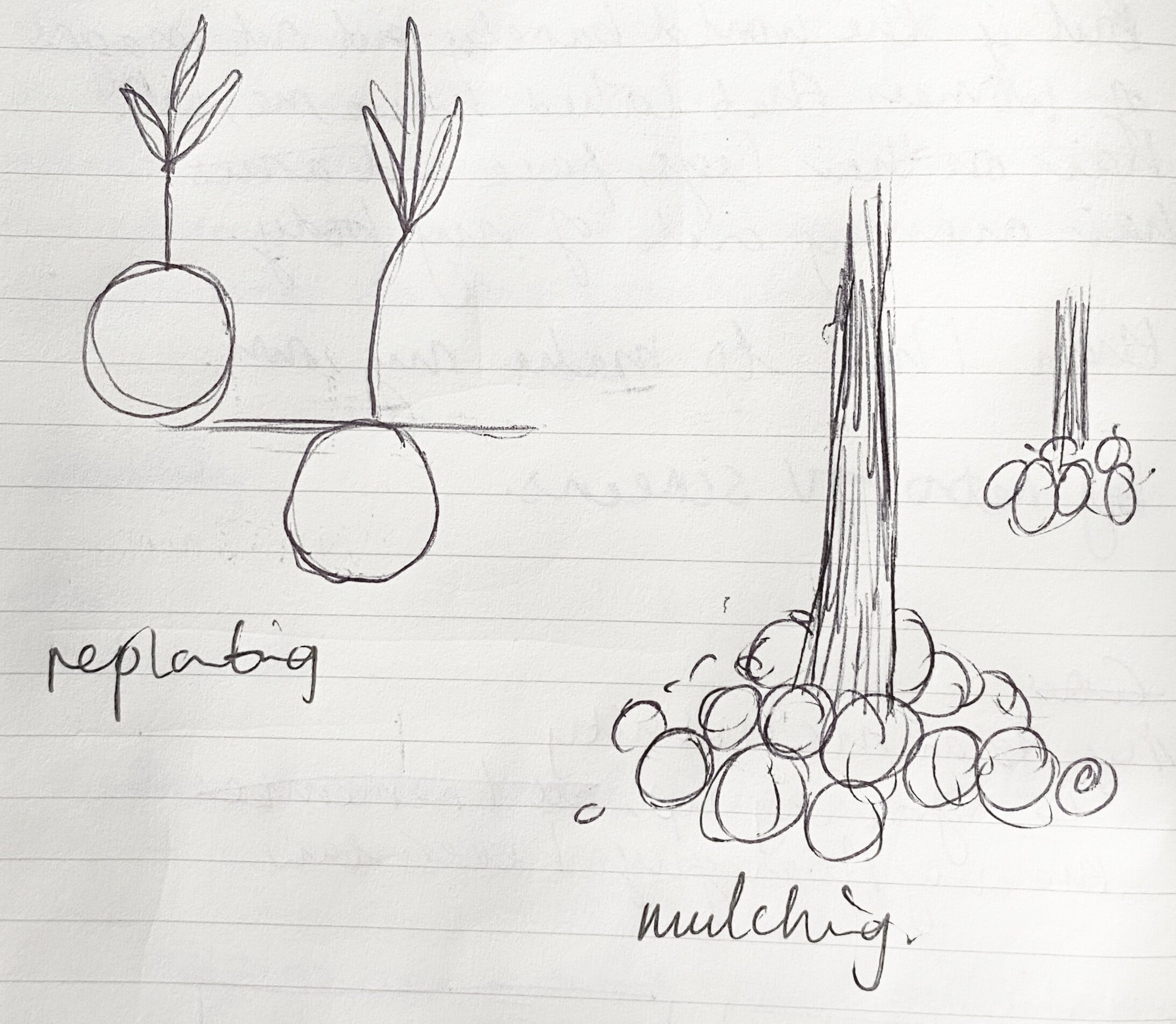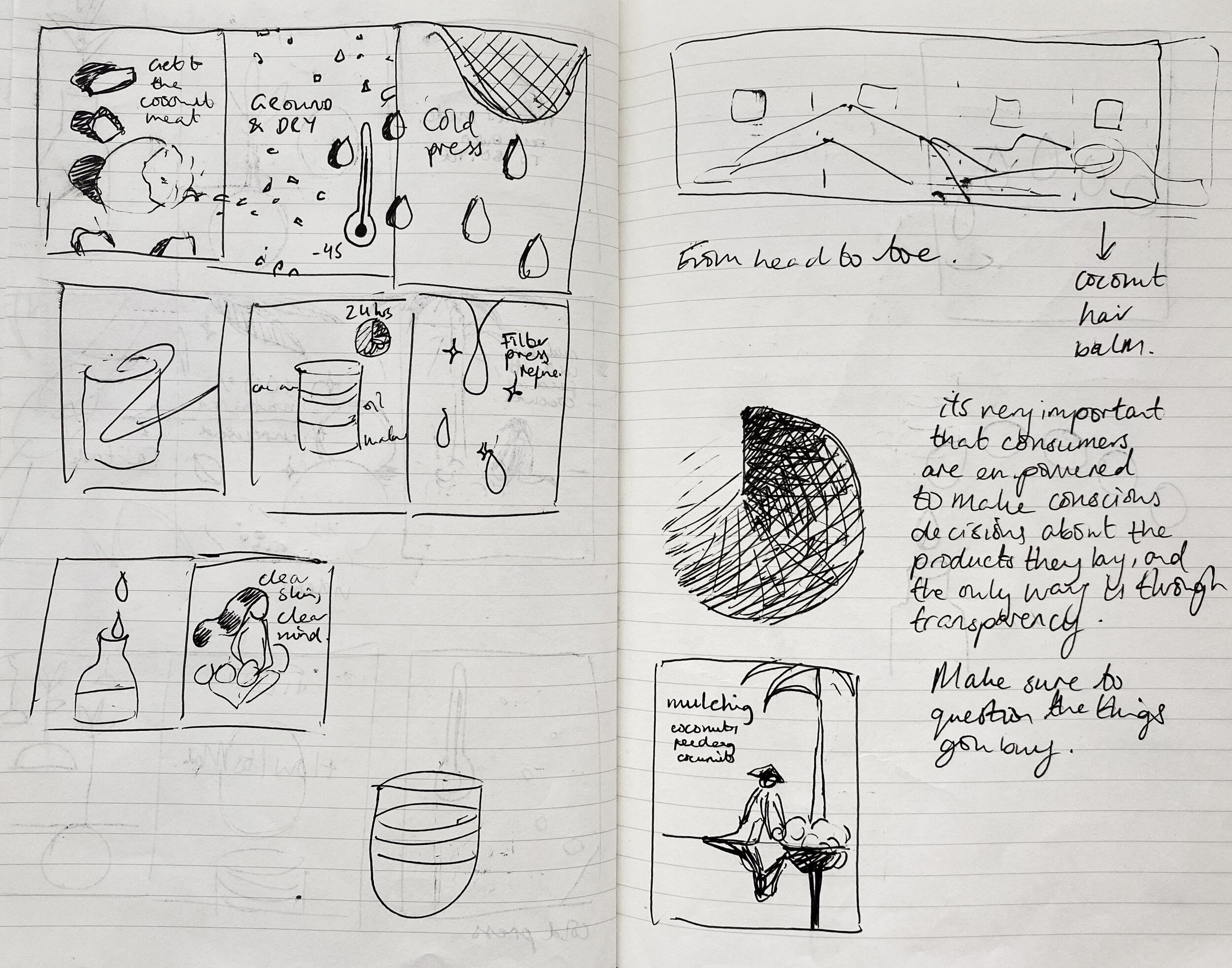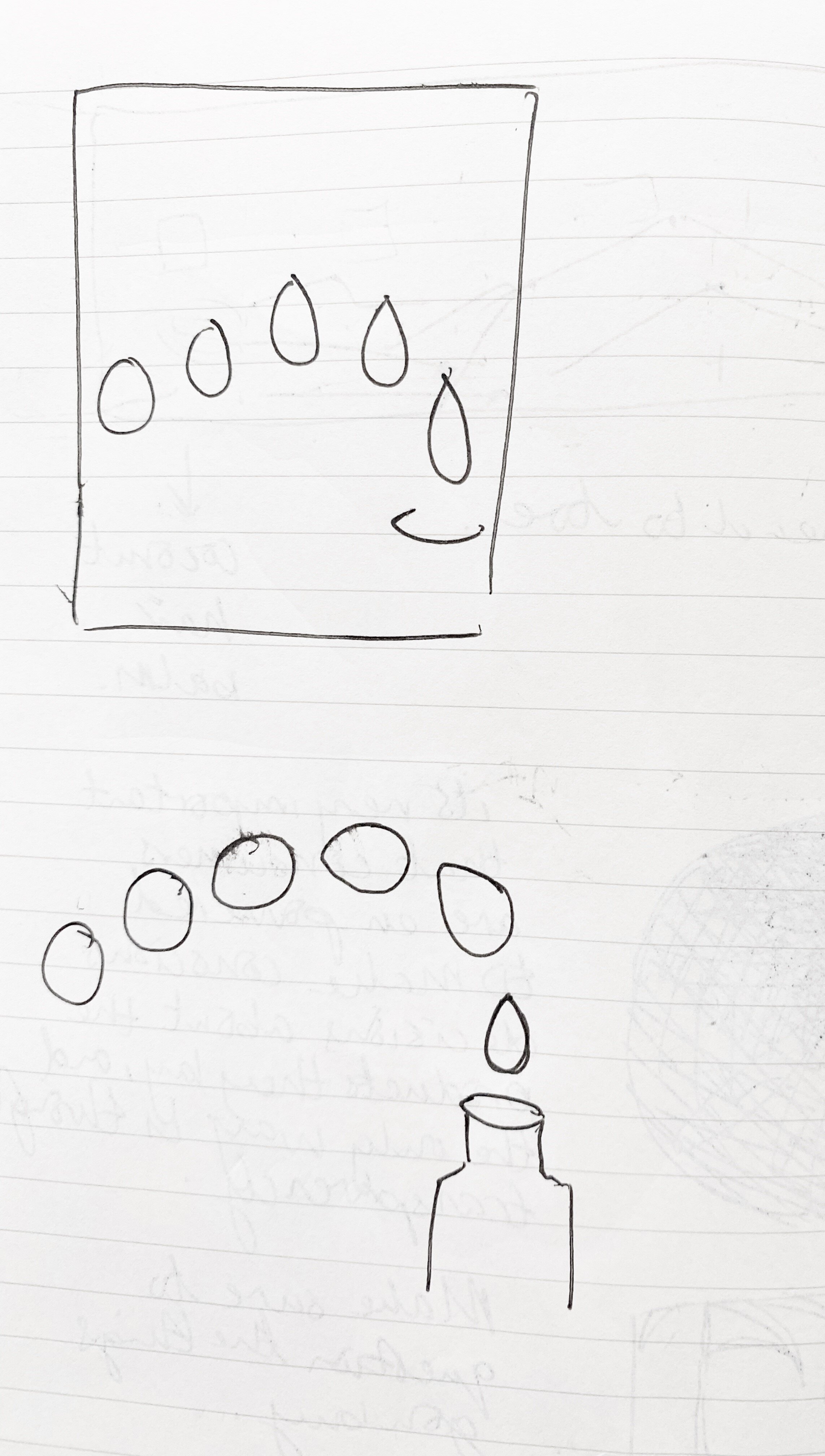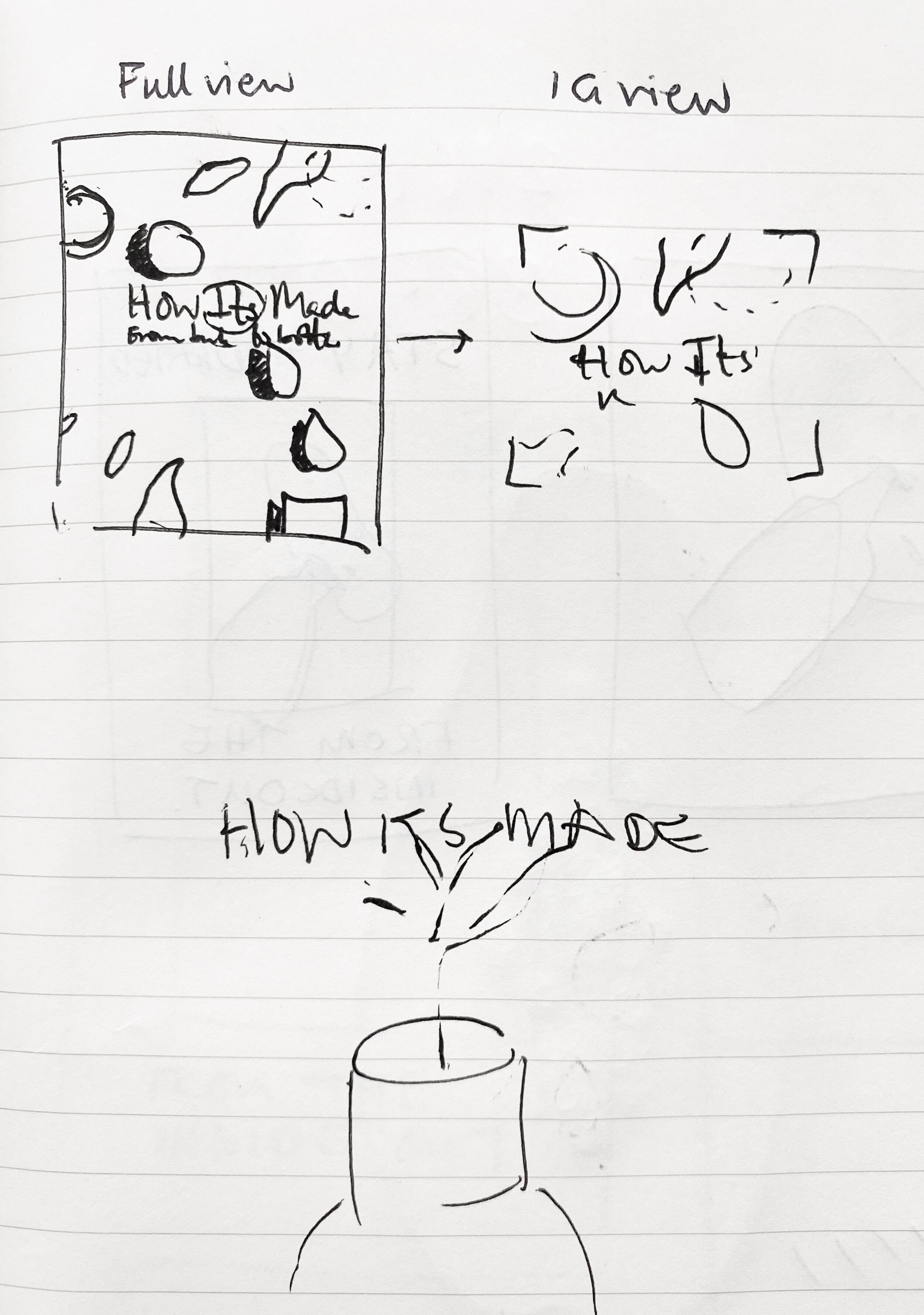Virginutty Creative Sessions: Marianne Hernandez
Meet Marianne Hernandez, the Filipino-British illustrator and designer whose works incorporate social commentary with her Asian heritage. In this post, she breaks down the creativity and thought behind her art carousel, ‘From Buko To Bottle’, designed exclusively for Virginutty.
Meet the Creative
Can you introduce yourself and what you do?
Hi! My name is Marianne Hernandez and I’m an illustrator and designer based in the UK.
Awesome. What’s your background?
I was born in the Philippines to two Filipino parents, but I have spent most of my life growing up in England.
I recently graduated with a 1st Class Honours in Illustration from the University for the Creative Arts, but throughout my studies I’ve been freelancing for individual clients. I’ve also had my work featured by companies like Fashion’s Finest and Spitfire Audio.
How would you describe your design style?
I would say that my design style is still developing, but I have found that I like to create designs that are fairly sleek yet fun, with contemporary uses of colour and illustrative flair.
What usually inspires your creativity?
I’m usually inspired by the media I’m surrounded by, whether it be the movies or TV I watch, or fashion that I like, or social media trends. Social commentary is also a big inspiration of mine, especially when it comes to the Asian community. For example, my final major project for University was inspired by the success of Bong Joon Ho’s film Parasite, the first foreign language film to win Best Picture at the Oscars. This led me to developing a larger theme of encouraging more people to open up to the Asian film industry, and recognise issues of Asian representation in cinema.
From Buko To Bottle: Creative Inspiration
What was your inspiration behind this carousel design?
I first thought of the idea when I came across a Virginutty blog post explaining the coconut oil making process.
A big point that the blog raised for me was the fact that, while sustainability has become an increasing issue for most people, many still often overlook where the products they buy come from. I had also seen that educational posts, especially carousels, were becoming more and more popular on Instagram, and so I wanted to make something along those lines. Ultimately, I wanted to help people understand ethical coconut oil production by translating the process in a more eye-catching and appealing way.
You mentioned your father was a coconut farmer - can you tell us more about that?
My dad’s coconut farm is a fairly new venture for him as he only started it a year and a half ago. Although, farming has been in my family for years. My dad first learnt about farming as a kid, when he grew up helping my granddad on his farm, cultivating everything from rice, corn, mangoes and coconuts. However, since we moved to the UK, the land had become fairly neglected. In an attempt to keep the land alive, my dad started the project to renovate the land into a new coconut farm.
He named the farm Manah Farm combining my name and my brother’s, and in reference to the biblical term ‘manah’, meaning ‘food for the people’. In the future, he hopes for the farm to grow into an eco tourism farm, where people can visit to learn about the farming process themselves and hopefully encourage them to maintain coconut production in the Philippines.
From Buko To Bottle: Developmental Sketches
What was your creative process - sketches or digital drawing?
After a lot of research into coconut oil production and choosing the main steps to focus on, I started my creative process by hand drawing very rough sketches for each slide. I then transfer these sketches to my laptop which I use as reference to build up the final illustrations in Photoshop, this is where I usually play around with the design a bit more if I feel like I can make something more effective than my initial idea. For an infographic such as this, I wanted each slide to be very easy to understand, and so I kept each illustration fairly simple but embellished them with fun textures and colours.
Can you tell us about certain elements in the design?
One of the elements that I enjoy most about the piece is the depth through the blurred ‘out of focus’ greenery throughout each slide. I wanted people to look through each slide as if they were peeking into the process, so they'd feel immersed in it. These little leaves and blades of grass also help the carousel to flow seamlessly between each slide. Also, the textures throughout the illustrations that create a marbled effect, are actually created by overlaying ink stains onto certain colours.
How did you find ways to keep the design on brand for Virginutty whilst still showcasing your own personal style?
To keep the design in line with the Virginutty brand, I used the Virginutty Instagram feed as a reference for style and colours. I would often illustrate with images from Virginutty right next to my artboard. I really love the warm tones and fabric textures throughout the brand’s visuals, they create a very calming, natural, and plant based feel that I wanted to capture in this piece. When it comes to expressing my own personal style, my love of gradients, soft backgrounds, and graphic shapes always end up in my work, including this design. But I also gave myself freedom to experiment with textures and some Photoshop filters for the first time during this project, which I felt added a unique touch, and actually made the piece one of my favourite things to have made!
Filipino Inspired Artwork and Heritage Designs Incorporating Asian Social Commentary
'Whang Od' - A drawing celebrating Whang Od, one of the 'last' and oldest Kalinga tattoo artists. / Marianne Hernandez
To what extent does your Filipinx identity influence your art?
My Filipinx identity has been influencing my art a lot more recently than before, as following more Filipinx run pages and artists have inspired me to make more things relating to specific topics in the community. As for my previous work, I think the influence comes through in various subtle ways, whether it be drawing Filipinas or Filipina characters, depicting a broad range of skin tones, or even getting inspiration from Filipino mythology.
'Morena' Font - A word mark created for a skincare brand concept, ‘Morena’, which rebels from colonial beauty standards in the Philippines and embraces melanin and the ‘Morena’. To reflect this, the logo for the brand is inspired by the traditional script before the Spanish colonial period, called ‘Baybayin’. / Marianne Hernandez
How important do you think it is to create art that spotlights issues surrounding environmental justice and sustainability?
I think it’s extremely important – now more than ever. As resources continue to be depleted by the day, I don’t think we can afford to forget it. I also think that art is one of the best platforms to raise awareness for those issues as people are a lot more drawn to learning visually than through pages of text. Simply creating small drawings or even illustrating informative text can help to draw people’s attention to the important message you’re spreading.
'Into The Melting Pot’ - a playful reflection on the concept of a ‘melting pot of cultures’, part of a bigger project about how Asian cultures are perceived and incorporated in the West. Korean Soju mixing with traditional English Pink Gin. / Copyright: Marianne Hernandez
To The Future
Do you have an exciting new projects that we can look forward to?
Yes! I’m currently working on a publication design for an exhibition that will hopefully be held after lockdown, which is exciting as it is my first commissioned book design! I also have a lot of personal projects I am hoping to carry out, including bigger and more complex illustrations, and work that delves more into themes of Filipinx identity and beauty standards. I’m also hoping to make a series of illustrations about inspirational Filipina women, starting with Whang Od, the oldest Kalinga tattoo artist carrying on a precious tradition.
Where can we find and support you online?
You can find me on Instagram @marianneh.art, my website, and my portfolio.
Written by Marianne Hernandez for Virginutty
Virginutty Creative Sessions shine a spotlight on up-and-coming creators from minority backgrounds whose work focuses on identity, environmentalism, and social justice. To be considered for a feature, please get in touch!

